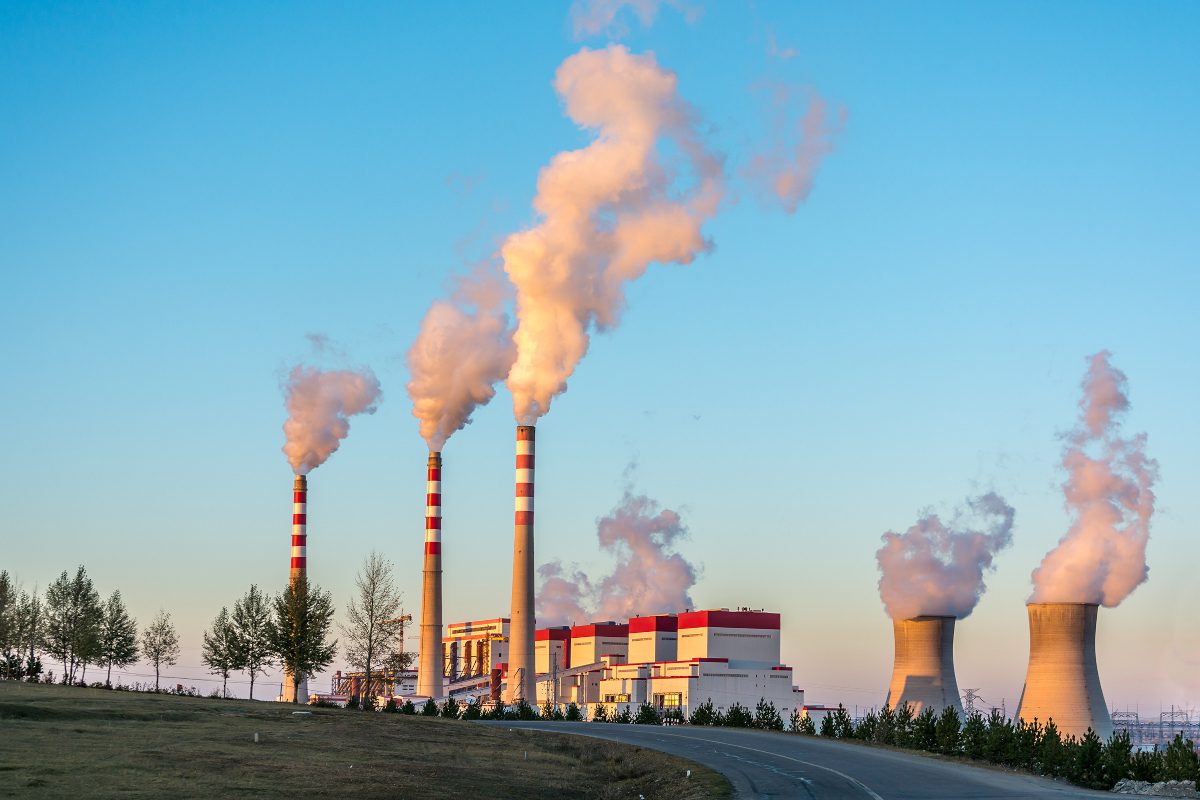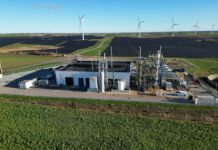
The pace at which renewable energy is being developed in China is leading to a slowdown in the approval of new coal-powered projects, according to a new report from the Centre for Research on Energy and Clean Air and Global Energy Monitor.
However, even though the number of new coal power permits has decreased, the existing pipeline of projects still poses a challenge for China to meet its climate targets and energy transition ambitions, says GEM.
According to the report, in the first half of 2024, China reduced coal-power permits by 83% compared to the first half of 2023, permitting only 9 gigawatts (GW) in H1 2024. “Following the surge in coal power permits exceeding 100 GW annually in 2022 and 2023, the current decline in coal power activity is further reflected in the reduction of new and revived coal power proposals, totalling 37 GW in early 2024, down from 60 GW in early 2023,” says a news release.
Despite these signs of a shift, it may not be enough to reshape the country’s emissions decisively.
In the first half of 2024, says GEM, construction began on over 41 GW of coal projects, nearly equaling the total that started construction during all of 2022 and constituting more than 90% of global new coal construction activities. Moreover, the government’s goal of bringing 80 GW of coal-fired capacity online in 2024 indicates a potential increase in project completions in the latter half of the year, from 8 GW commissioned in H1 2024.
GEM attributes the slowdown in coal power permitting to the rapid development of renewable energy in China, where the pace of installation now appears able to meet China’s electricity demand growth. This shift has prompted the central government to revise its policy focus. While continuing to support clean energy development, the government is also prioritising carbon emission reductions to meet its climate and energy goals. By limiting new coal power projects and emphasising grid reforms, energy storage, and other clean solutions, China can set the stage for significant emission reductions.
However, this transition will require phasing down the existing massive coal power fleet and addressing the interests of coal power stakeholders. To meet long-term emission targets, China must also accelerate the retirement of existing coal plants and cancel previously permitted projects.
Given China’s strategic shift towards reducing carbon emissions and the rapid development of clean energy, it is unlikely we will see another surge in coal power approvals in China similar to that of 2022-2023. Nevertheless, China’s technical plans to reduce rather than eliminate carbon emissions from coal power and its continued insistence on coal as a baseload power source indicate that coal power will continue to play a significant role in the near-term energy landscape.
To mitigate the global climate crisis, China’s upcoming Nationally Determined Contributions (NDCs) and 15th Five-Year Plan must include ambitious targets for both coal consumption reduction and renewable energy expansion.
Qi Qin, lead author of the report and China Analyst at CREA, said: “The development of clean energy enables the Chinese government to set more ambitious goals for reducing coal power generation and carbon emissions. China needs to stop allowing room for fossil fuel emissions to grow in its policies. Energy security should be achieved through clean energy and a more flexible, market-oriented power grid, rather than by burning coal.”
Christine Shearer, Research Analyst at Global Energy Monitor: “The steep drop in new coal plant permits is a hopeful sign that China’s massive solar and wind builds are dampening its coal ambitions. With clean power now capable of meeting the country’s electricity demand growth, China should cancel its remaining coal proposals and accelerate the retirement of its existing coal plants.”






